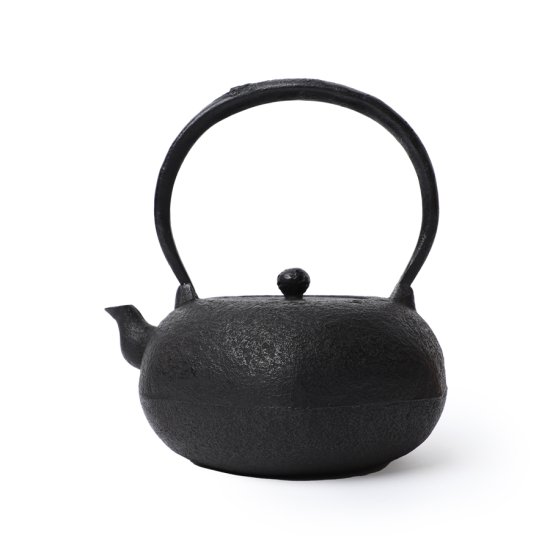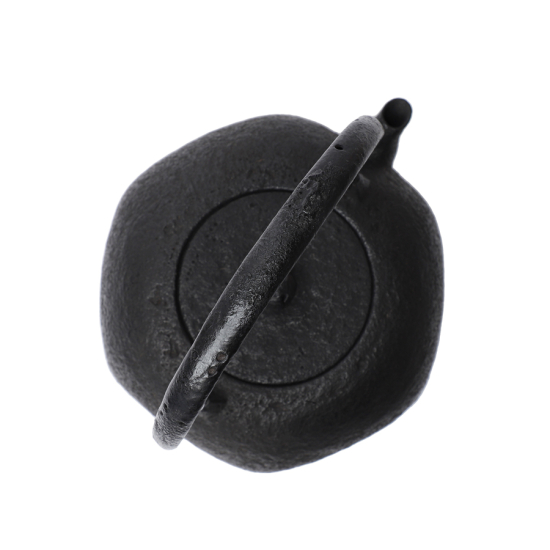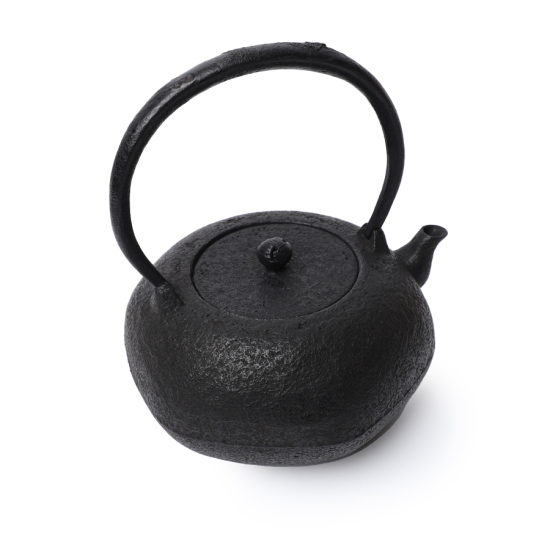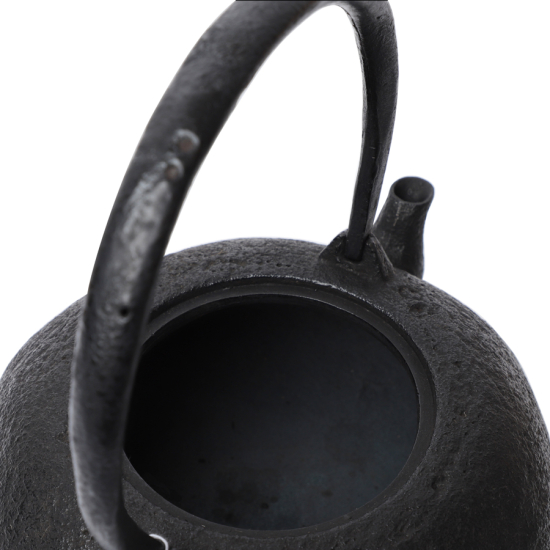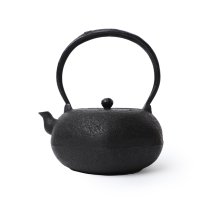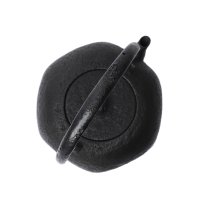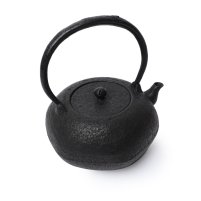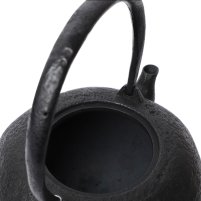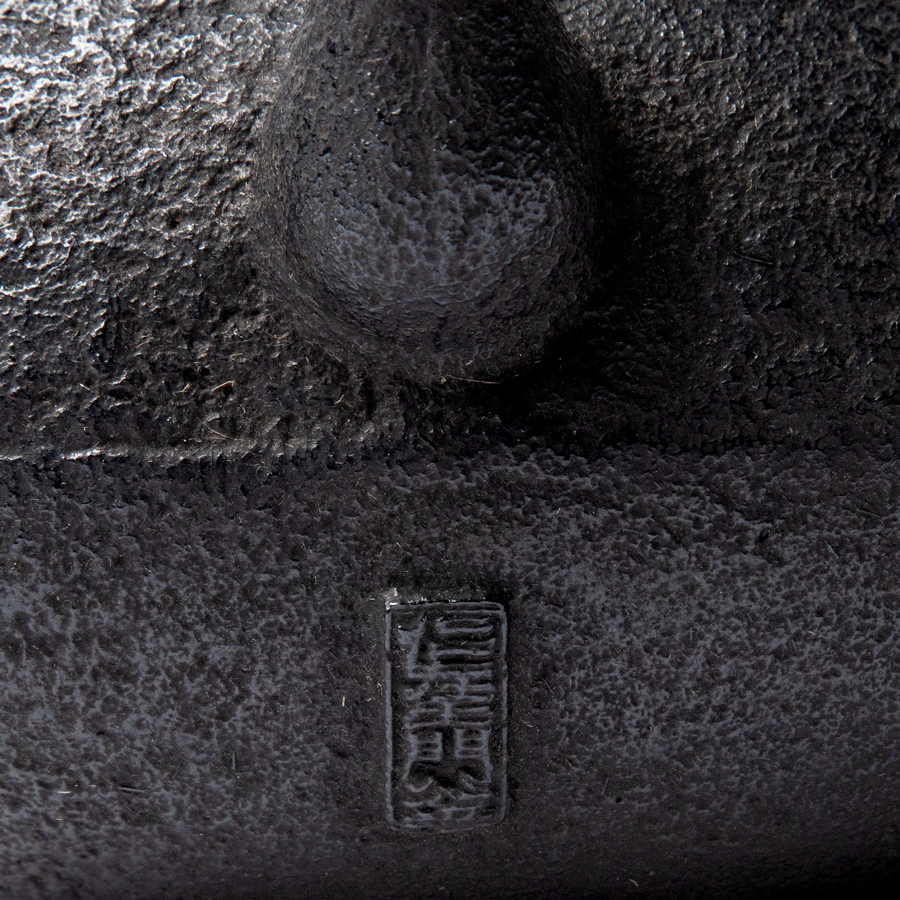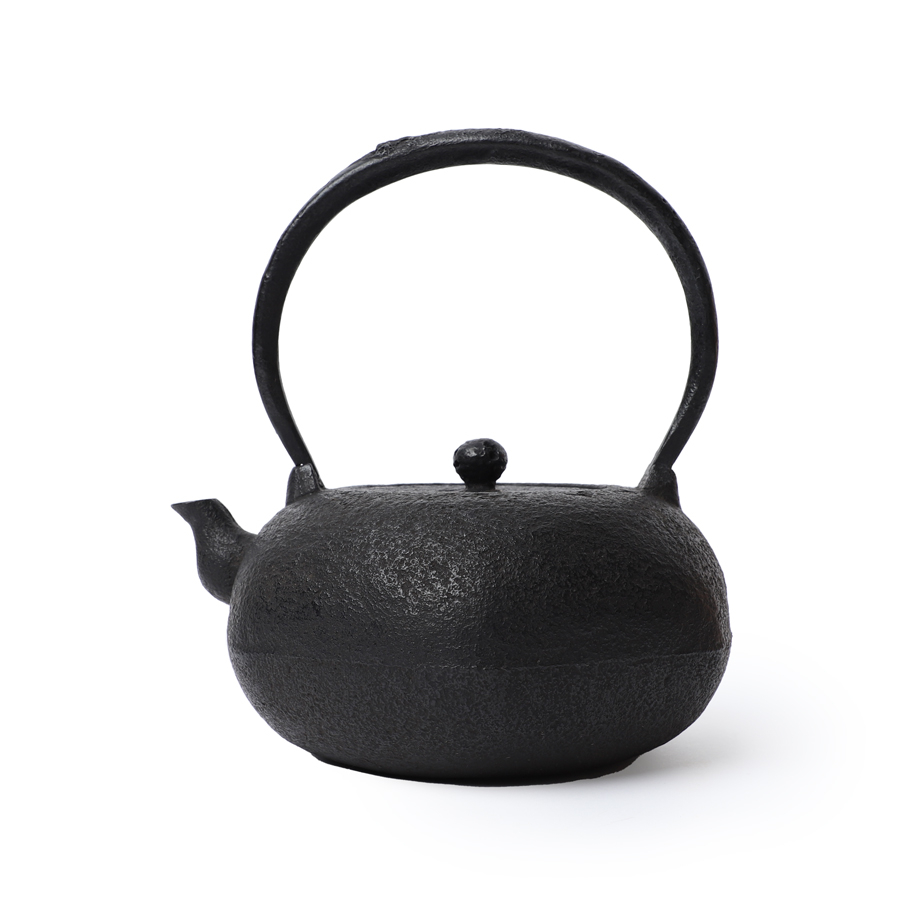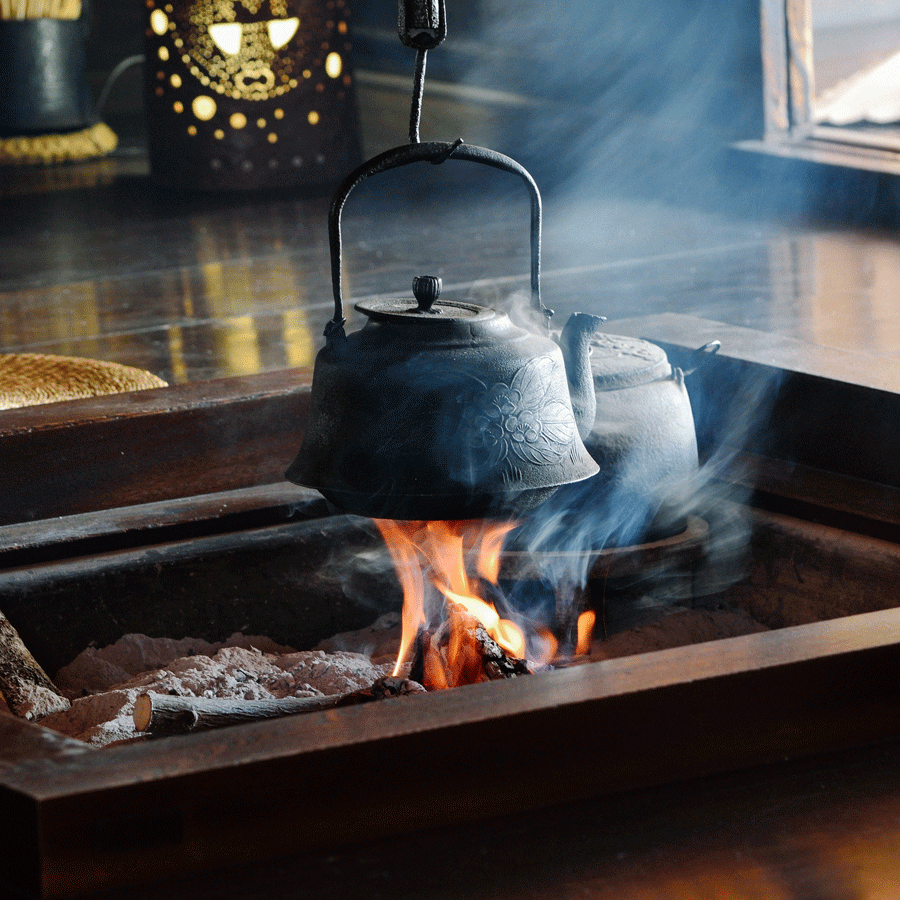MANUFACTURED BY HAND
Very elaborate production by hand. The mold including pattern is made by hand - for this purpose, the rough shape of the casting model is first worked with the help of a wooden model, which is then refined more and more and finally polished with the finest sand. The mold, which is not yet dry, is then worked on with various tools such as scrapers, brushes, and cloths, and is provided with grooves and other patterns specific to the respective model, as well as fired at approx. 900°C (this firing process of the mold is only used for particularly noble tetsubin). The inner mold is then formed from clay and inserted into the outer mold, which will form the hollow body of the tetsubin when cast. At 1300-1400°, the tetsubin is finally cast with the utmost care. The cooled tetsubin is then coated first with natural lacquer and then with ohaguro, a mixture of iron, vinegar and tea. This contributes to both the color and rust protection of the tetsubin.
RUST PROTECTION
Kiln firing (jap. Kama-yaki 釜焼き): the normally rust-prone cast iron ( jap.: 鋳鉄, chūtetsu) is baked at 800-900°C using the special Kamayaki technique. In this process, the iron is selectively oxidized and activated, providing natural rust protection. The water is enriched with iron ions due to contact with the high quality Japanese cast iron. Tetsubin thereby improve the taste of water for tea and also for coffee.
COMPATIBILITY
Suitable for electric and induction stoves; also for gas stoves at low flame (please do not put directly on the open flame). Not suitable for oven or microwave. The manufacturer recommends the use of electric and induction stoves for the best protection of the tetsubin.



